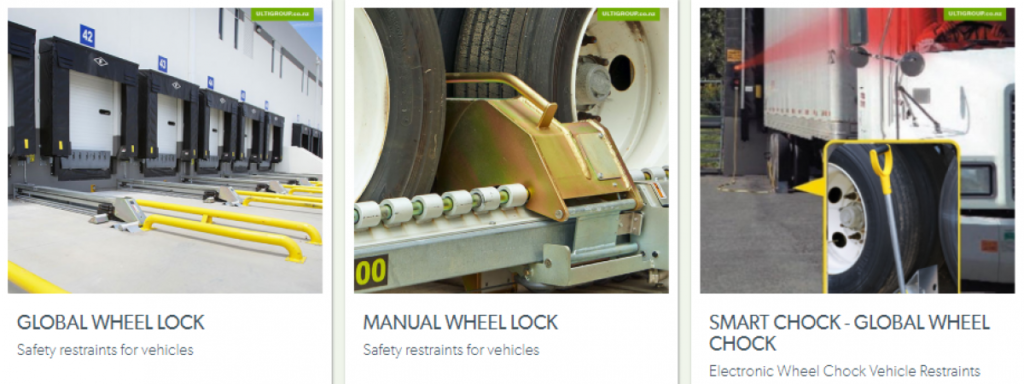How do I Choose the Right Vehicle Restraint?
- October 2018
- Blog, Informational, FAQ
- 1 minute
The most important things to consider when evaluating different restraints is how well they prevent trailer separation and how reliably they communicate inside and outside the dock . Factors specific to your operation will also help guide the selection process. Not all restraints perform the same. You need to consider many different factors such as:
Types of trailers you service
Dock layoutLoading practicesFacility design
Restraint Effectiveness Against Trailer CreepBelow dock endloadsAir-ride trailers
Restraint Effectiveness Against Early DepartureGradual vs. aggressive pullout attemptsEffectiveness of different restraint designs
Restraint Effectiveness Against Trailer Tip OverLanding gear failureTrailer up-endingCollision with other trucks
CommunicationSystem componentsSafe/unsafe condition alerts
Types of Vehicle Restraints: There are several different types of vehicle restraints. Each style provides a different degree of protection against trailer separation.RIG Dependent – Restraint attaches onto the trailer’s RIG (rear impact guard or ICC bar)
Vertical barrier restraints – Can address trailer creep and early departure.
Rotating hook restraints – Can address trailer creep, early departure, landing gear failure and trailer tip over.Wheel Dependent – Restraint engages trailer’s rear wheel(s) instead of the RIG. Used often with lift gate trailers.
What are the questions to ask when choosing a restraint?Without the right restraint, you could face steep consequences. The trailer restraint was engaged on the truck’s rear impact guard. The forklift driver felt safe. He wasn’t. As he entered with a load, the trailer bounced on its air suspension. The rear impact guard “hopped” over the restraint barrier, the trailer edged forward, and the forklift tumbled into the gap between dock and trailer.The young man’s company had seen the futility of wheel chocks and had invested in trailer restraints. But why did this restraint fail to prevent a tragic accident? Because it’s design did not account for the specific challenges of this company’s loading operations. The lesson is simple: Not all restraints are the same. The wrong one can put you at risk. If you haven’t given up on wheel chocks – you should! – then you need to evaluate restraints with care. You need to ask questions.

